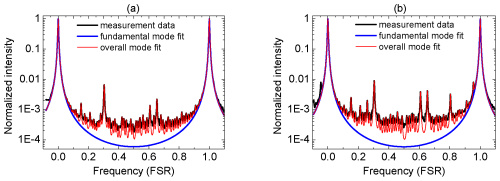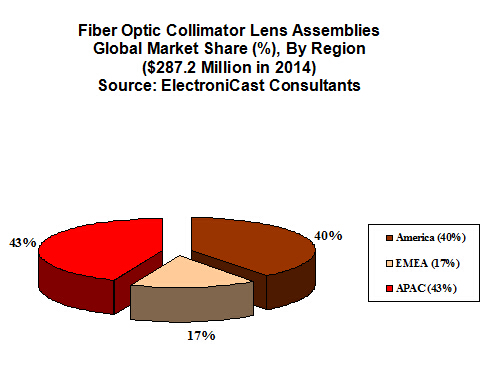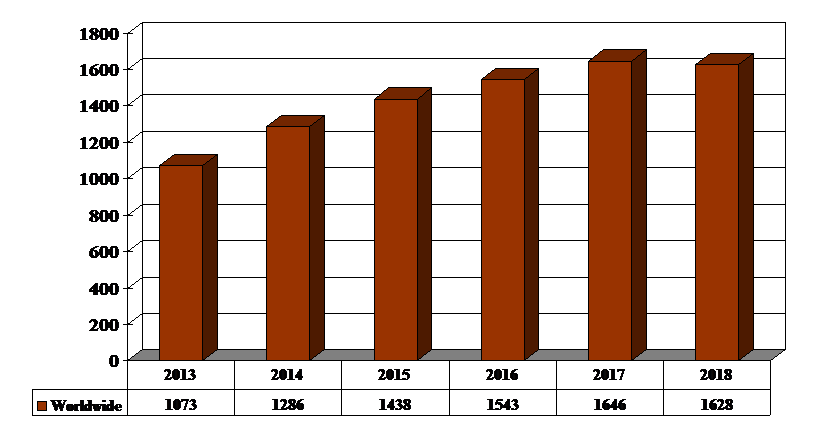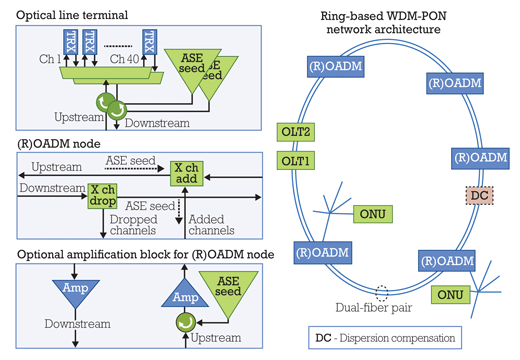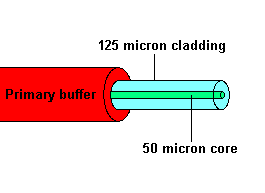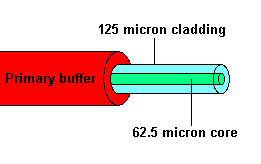PM components are ruling the world. Be it any industry, different types of PM components are widely used, especially in telecommunication. And it’s because of the name but the features and characteristics that PM components have. They work easier, increasing performance and productivity significantly. But, many individuals and business owners are doubtful about the future of PM components. They think it’s just a matter of a year or two and then, things will become like before. Or, something new will come into the market replacing PM components.
In this post, we will discuss future aspects of PM components. We will discuss if PM components will stay in the market or be replaced by any other component.
Which market will increase the demand for PM components in the future?
The fiber optic market is competitive and expected to be more competitive. According to a report, the projected growth of the fiber optic market is 10.9% CAGR from 2022 to 2027.
The factors driving this growth are growing internet penetration and data traffic, the rising number of data center facilities worldwide, and the mounting demand for high bandwidth.
With the growth in fiber optics, demand for PM components will undoubtedly increase. Not one or two, but every PM component will be in demand, playing crucial roles in the fiber optic market.
You might not believe this too soon now as the circumstances are not favorable. But, soon after the year 2022, you will find lots of changes in the market and demand for PM components.
Other things that will contribute to the increasing demand for the PM components
End users’ demands of performance and reliability of their fiber optic networks increase the use of PM components. Keeping aside everything, these two factors matter a lot. PM components, no matter who the manufacturer, ensure performance and reliability. And this is something end users won’t compromise with, today, tomorrow, or in the future.
This will keep the demand for PM components stable like today or increase in the future. There will be no decreasing scale for PM components ever.
Other than this, the customization of PM components will rule the market. Yes, you read it right; customization with PM components. Years ago, manufacturers followed a standard protocol to manufacture PM components, which was not feasible for all industries. But, today manufacturers are offering product customization. They are more responsive regarding individual client needs with issues such as repair and calibration.
Due to product customization, there has been a huge improvement in the productivity and performance of the industries using PM components. End users are getting what exactly they want without compromising on anything. And this is going to increase in the future as users are happy with customization.
By now, you might have understood that PM components are not going anywhere. They will strongly rule the market now and forever. So, connect with one of the best PM component manufacturers to fulfill your needs.
DK Photonics is one name in China that manufactures PM components, including 1.0μm PM Components based on standard and custom specifications. The company offers optical couplers, optical isolators, optical splitters, pump combiners, optical circulators, fused products, WDM and Filter products, high-power PM components, and more.




